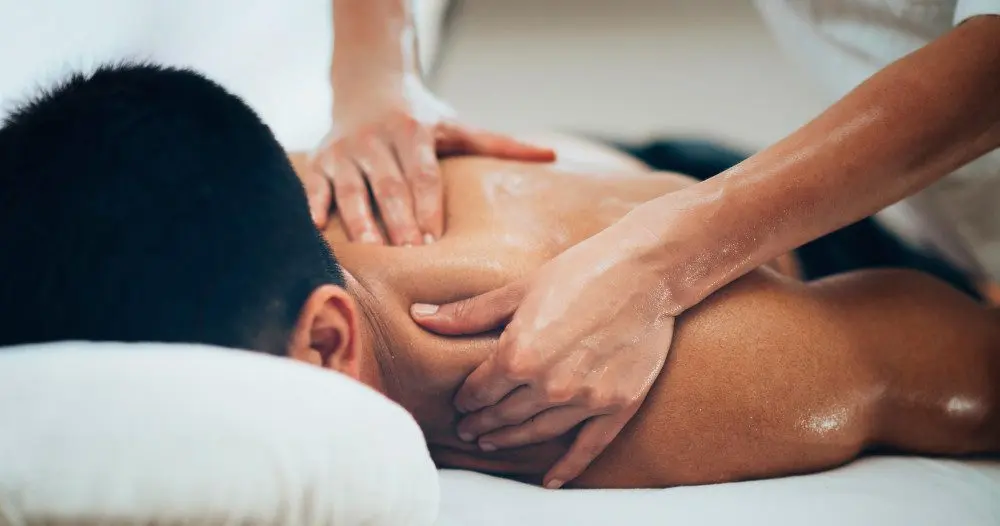Therapies for athletes

Physical activity has countless benefits, but also risks. Therapies to the rescue.
|
By Léon René De Cotret
Scientific evidence abounds: physical activity and sport are undeniably excellent for health, well-being, happiness … But the practice of sport also carries its share of risks, whether they are too much or poorly trained and expose themselves to injury; or the “more insidious risk” of embarking with enthusiasm in a new activity, and dropping it after a few weeks or months, for lack of time, energy, motivation or pleasure.
Fortunately, there are a host of therapies to deal with these risks, and thus prevent or treat injuries and ailments; motivate and persevere; and also improve its performance.
Prevent
To prevent injuries, it is of course recommended to warm up immediately before starting any strenuous physical activity. But, in the longer term, several approaches, grouped under the name of somatic education, make it possible to improve flexibility, strengthen muscles, promote coordination and body awareness, in addition to facilitating relaxation, all factors injury prevention.
Practices like Tai Ji Quan and Qi Gong provide the same kind of benefits and also aim to develop concentration, balance, endurance and self-control.
Finally, approaches that emphasize posture and movement rehabilitation, such as Rolfing and Hellerwork, may be beneficial. Indeed, if the body structure is harmoniously aligned and movements are fluid, the risk of sports injuries will be reduced.
treat
The multiple massage therapy techniques are valuable allies for stiff athletes. Massage therapists are also often part of the nursing staff of professional sports teams. In addition to providing immediate comfort, massages are both soothing and energizing, they reduce tension and, especially in the case of lymphatic drainage, they improve the circulation of blood and lymph, this colorless liquid that nourishes and cleanses cells, and that accounts for 15% of body weight.
Manual therapies such as chiropractic and applied kinesiology, as well as osteopathy and etiopathy are particularly useful in treating musculoskeletal problems. The last two seek to go back to the original causes of the discomforts. Thus, a practitioner could discover that tendonitis or back pain caused by playing sports have a deeper origin (accumulated stress, old injury, etc.) and treat them accordingly. Many athletes and dancers use it. Acupuncture is also recommended for musculoskeletal problems, especially to relieve chronic back and joint pain.
When it comes to sprains, tendonitis, sciatica and bursitis that attack connective tissue, fascia therapy could be of great support. Toning the fascias and restoring their natural movement would prevent these conditions or promote their healing. (Fasciae are thin, fibrous, malleable membranes that envelop, support, and connect all structures in the body).
It should be noted that all these techniques can also be applied in prevention.
Persevere and improve your performance
We know that physical activity is one of the best and cheapest ways to stay healthy; yet the statistics are relentless: we don’t get enough exercise. The causes of this paradox seem multiple and complex. They are external – lack of time, money, facilities – and internal – lack of motivation, interest, will.
Fortunately, there are ways to motivate yourself, strengthen your willpower, make physical activity a priority and get out of the depressing vicious circle: “I don’t play sports, so I’m less fit and more tired; and I’m too tired, so I don’t play sports ”. It is interesting to note that these means are often the same used by high level athletes and Sunday athletes to maximize their performance.
Psychotherapies, in particular body psychotherapy (psycho-organic analysis, bioenergy, Jin Shin Do, postural integration, integrated body psychotherapy, Radix, Rubenfeld synergy), can help us free ourselves from what is preventing us from taking action. or what makes us invariably give up our practice after a few weeks … Several approaches, which allow to manage stress, to acquire better personal control and to strengthen one’s will, such as meditation, visualization, hypnotherapy, sophrology and autogenic training, can be put to good use. Most are easy to learn, inexpensive, and provide benefits that extend far beyond sport.
Techniques primarily intended to maximize intellectual or professional performance, and also sports, such as neurolinguistic programming and coaching, can also enhance basic motivation and help keep it alive.
Finally, remember that research shows that even a small increase in physical activity has significant health benefits and that regular periods of exercise of as little as ten minutes are already very good. profitable1.









